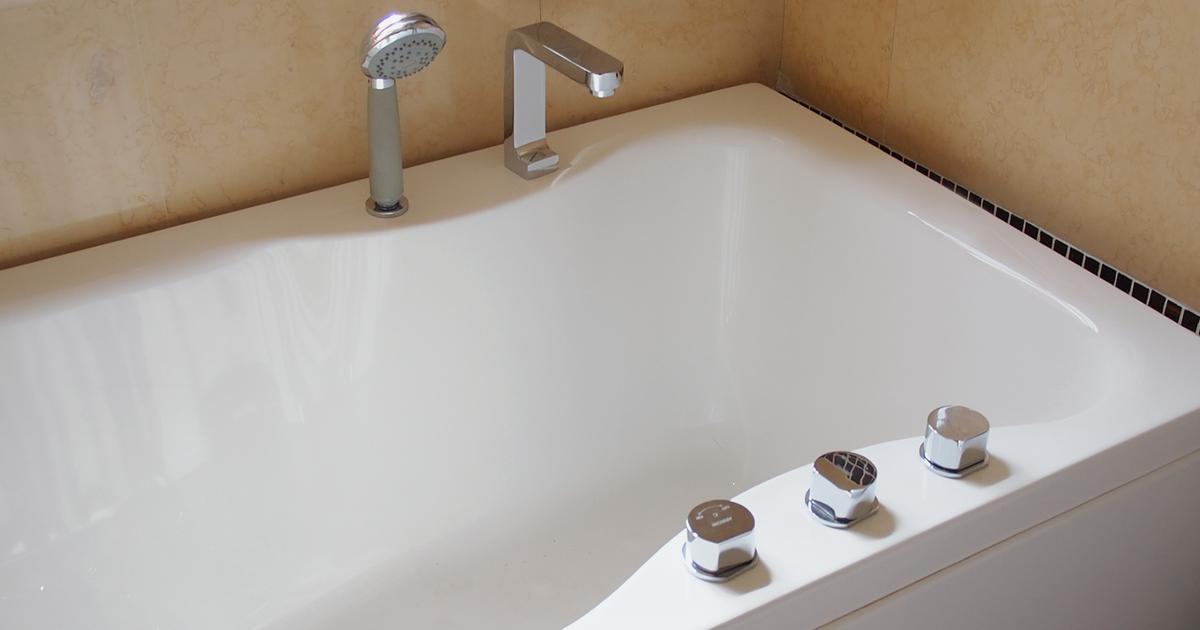What Is A Sitz Bath?
A sitz bath involves sitting in specially prepared bathwater up to the hips. This type of bath is used to promote wound healing after surgery on the lower half of the body, and it is also beneficial in relief from pain and discomfort due to infections or medical conditions. If the patient is unable to sit in the bathtub, a sitz bath can be taken using a large basin or an assistive device that fits onto the toilet. Vinegar, baking soda, and salt could sometimes be added to the water used for a sitz bath to help patients with certain conditions, though plain water is often used as well. The temperature of a sitz bath can be either warm or cool, and some patients might choose to alternate between warm and cool water.
The uses, methods, and precautions associated with sitz baths are discussed below.
When A Sitz Bath Is Used

Sitz baths are particularly effective in soothing discomfort from conditions that affect the genital area. For example, the baths are often used for individuals coping with hemorrhoids, yeast infections, anal fissures, and genital herpes. Patients may use sitz baths to ease chronic constipation and prostatitis, and pediatricians typically recommend these baths for children with perineal chafing or rashes. Sitz baths might help reduce irritation associated with bladder infections, and doctors may suggest these for patients who have had an episiotomy or rectal surgery. Sitz baths gently clean the affected region, and they can be especially useful in cleaning areas that are too painful to touch. The baths promote healing by increasing blood flow to the region as well.
Learn about how to take a sitz bath next.
Taking A Sitz Bath

Depending on the patient's overall health and the condition to be treated, it may be easiest to take a sitz bath in the bathtub. Patients with mobility issues or significant pain might prefer to use a device that attaches to the toilet for taking a sitz bath; these can be purchased at drugstores. Alternatively, a plastic basin can be used. It is important to have a bathtub thermometer available to check the water temperature before beginning the bath. Ideally, the temperature for a warm water bath should be between ninety-four to ninety-eight degrees Fahrenheit. Patients should sit in the sitz bath for fifteen to twenty minutes, and the water temperature should be checked several times during the bath. It might be necessary to add more water to keep the bath at the correct temperature. When a bathtub is used for the sitz bath, patients should use mats in the bathtub to prevent slipping, and grab bars might need to be installed before the bath to help the patient safely enter and exit the tub. Mats should be placed outside of the bathtub to prevent slips as well, and patients should have clean clothes available to change into after the bath. In all cases, a sitz bath should only be used when someone else is available at home to assist the patient if needed. The heat from the bathwater might cause some patients to feel weak and lightheaded. If this occurs, the patient should call for help to get out of the bathtub, as trying to stand and exit the bathtub alone could result in a fall.
Get the details on how to make a sitz bath next.
